The digital ad market is finally recovering from a painful slump. You wouldn’t know it looking at the shares of Meta Platforms, Snap and Alphabet. All three reported generally upbeat results this week, with ad spending growing compared with a year ago. That should’ve been a welcome sign for investors who’ve seen the industry struggle through more than two years in turmoil. The companies have had to cope with a post-pandemic pullback in online marketing spending, an ever-changing list of economic uncertainties and a change to Apple’s privacy policies that made smartphone ads less effective.
But warnings from the companies’ executives about broader economic conditions and the pursuit of new avenues of growth have sent stocks sliding in the wake of results. Take Meta, the owner of Facebook, Instagram and WhatsApp. Shares initially climbed more than 5% following its quarterly report and guidance on Wednesday. Then chief financial officer Susan Li said in a call with analysts that the future looks unpredictable. “We are very subject to volatility in the macro landscape,” Li said. “The revenue outlook is uncertain” for 2024.
Financially, all three are looking stronger. Meta beat revenue estimates and indicated that growth will continue for the rest of the year. Snap returned to sales increases after two periods of declines. Alphabet topped projections with both its search ad sales and overall revenue, though its cloud business struggled.
It hasn’t been an easy transition. The companies have deeply cut costs, retooled their ad businesses and limited new spending to what they see as more solid bets, such as artificial intelligence and augmented reality.
Snap, the maker of the Snapchat app, has spent much of the year revamping its ad business, which finally returned to growth last quarter. But when it reported results Tuesday, the company said it had limited visibility into revenue for the rest of the year.
The Israel-Hamas war was cited as one source of uncertainty. A “large number” of advertising campaigns were paused in the third quarter after the start of the conflict, Snap said, and this delay could continue into the fourth quarter. As a result, the company said it would be “imprudent” to provide a formal outlook for the current quarter.
Snap fell 5.4% on Wednesday. “Given the near-term issues, which could take a while to play out, we remain on the sidelines,” said Susquehanna Financial Group analyst Shyam Patil, who has a neutral rating on the stock.
Angelo Zino, an analyst at CFRA Research, shares those anxieties. “I would say we are now in an environment where investors are becoming more concerned about macro/geopolitical/regulatory uncertainties,” he said.
For Alphabet, where the ad business is tied to an already mature and dominant search business, investors are looking for other sources of growth. On Tuesday, the cloud computing unit’s disappointments overshadowed a stronger ad business. Though overall sales came in about $1 billion higher than analysts’ estimates, the shares tumbled 9.5% on Wednesday, marking the biggest single-day decline since 2020.
Guidance from digital ad sellers is closely scrutinized because their revenue is dependent on businesses feeling confident enough to spend on marketing. Inflation, the wars in Ukraine and Gaza, and rising interest rates have all been headwinds.
“They are heavily tied to the health of the economy,” Zino said.
Amazon.com, which has been expanding its own ad business, should give investors a clearer picture of how holiday demand is shaping up when it releases results Thursday.
Meta, Snap and Alphabet all use revenue from digital ads to fund investments in new technology. A pullback in that market could make it harder to spend heavily on AI innovation and other big bets. Even though investors have rewarded stocks that show strength in AI, there’s less support when a company’s main revenue stream is at risk.
At Meta, Li acknowledged that steady profits are vital if it wants to maintain its ambitions. “We recognize that we have to earn the ability to invest in all of those things by delivering consolidated operating income growth over time,” she said.
Follow us onTwitter,Instagram,LinkedIn,Facebook
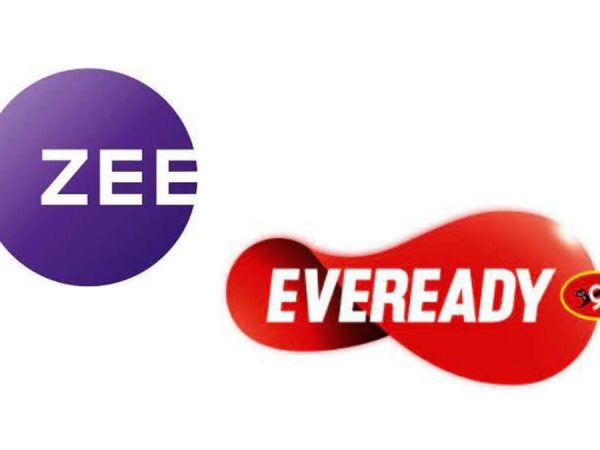
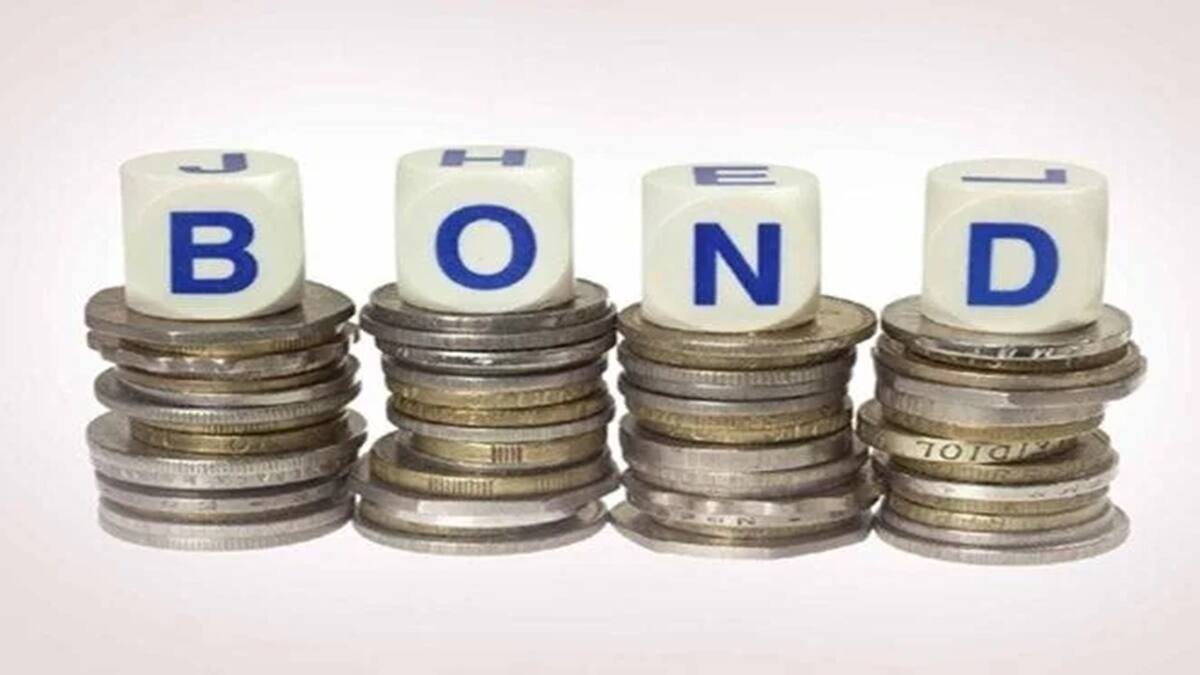


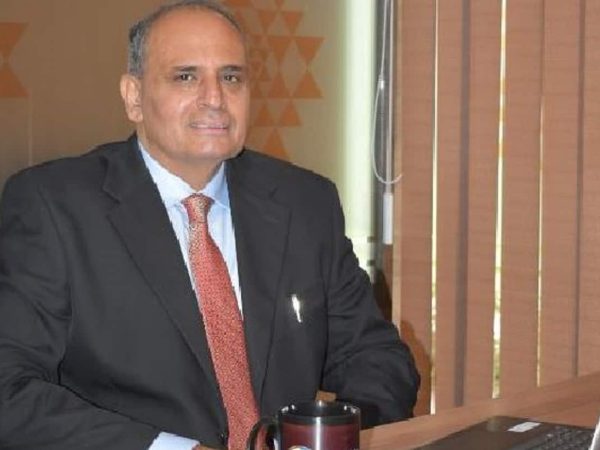
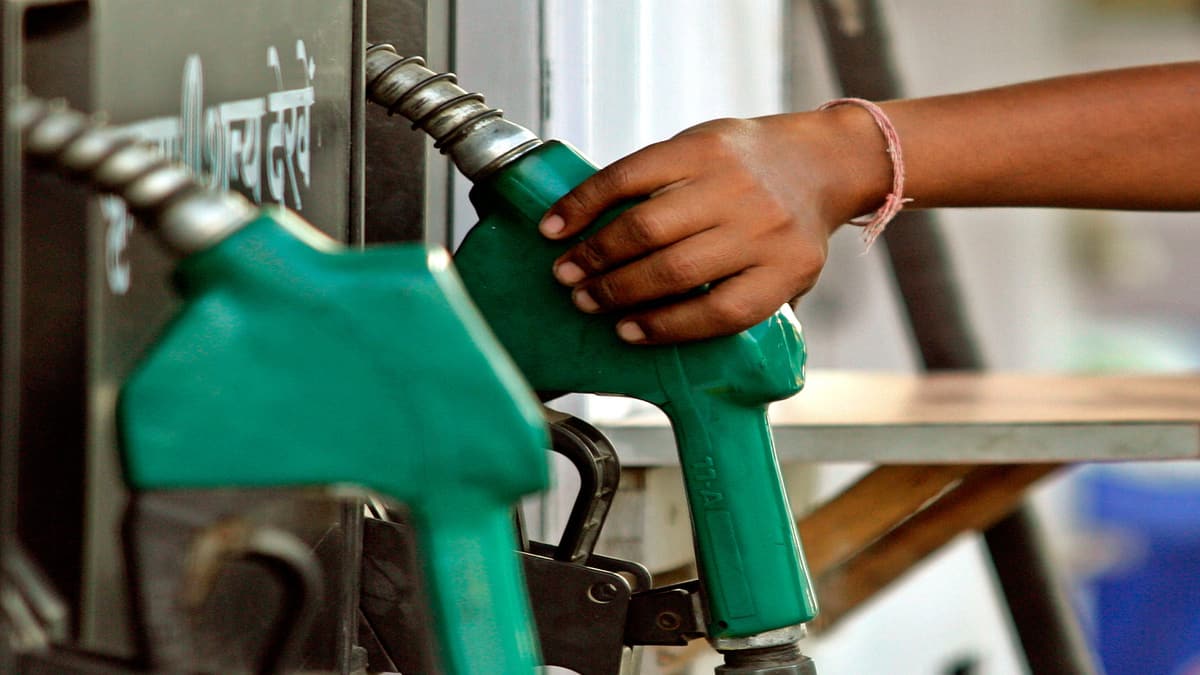
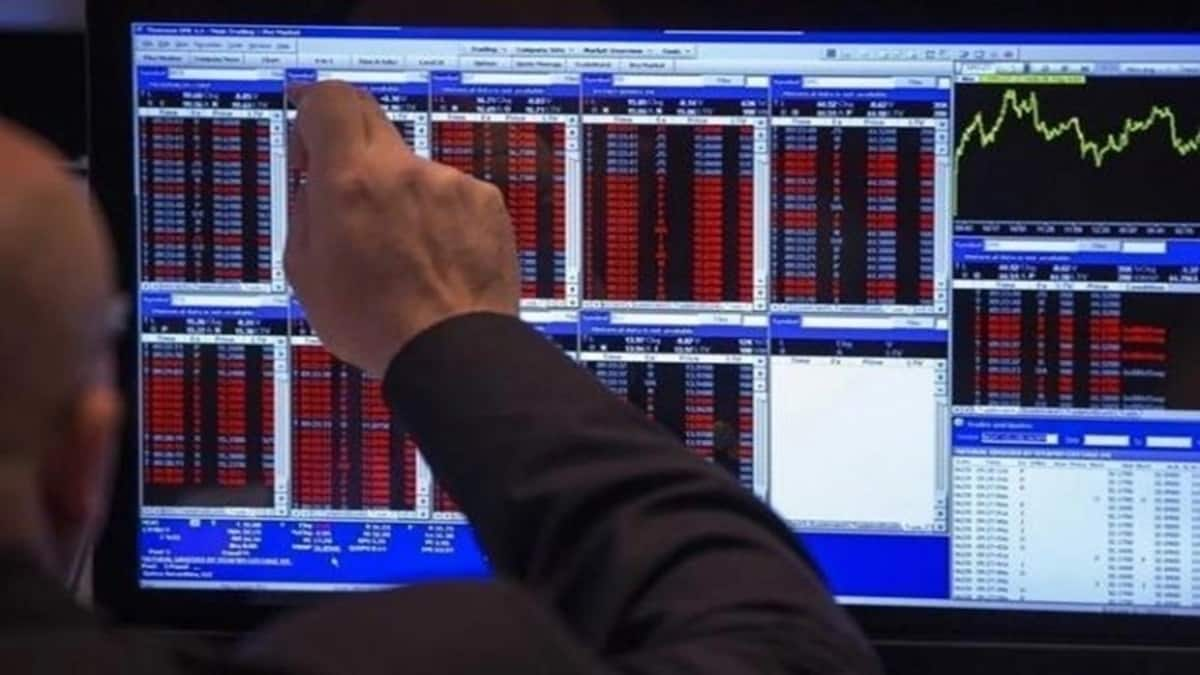
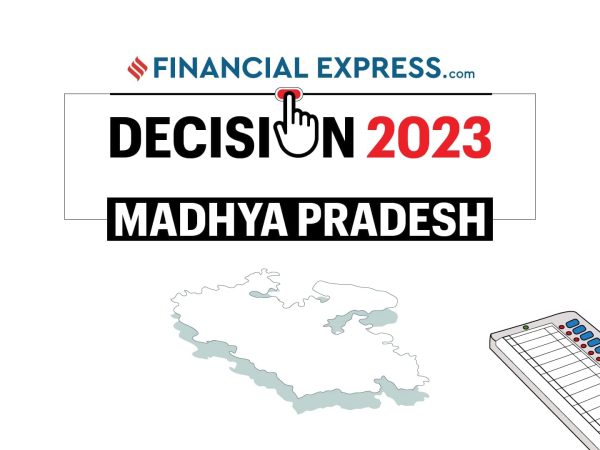
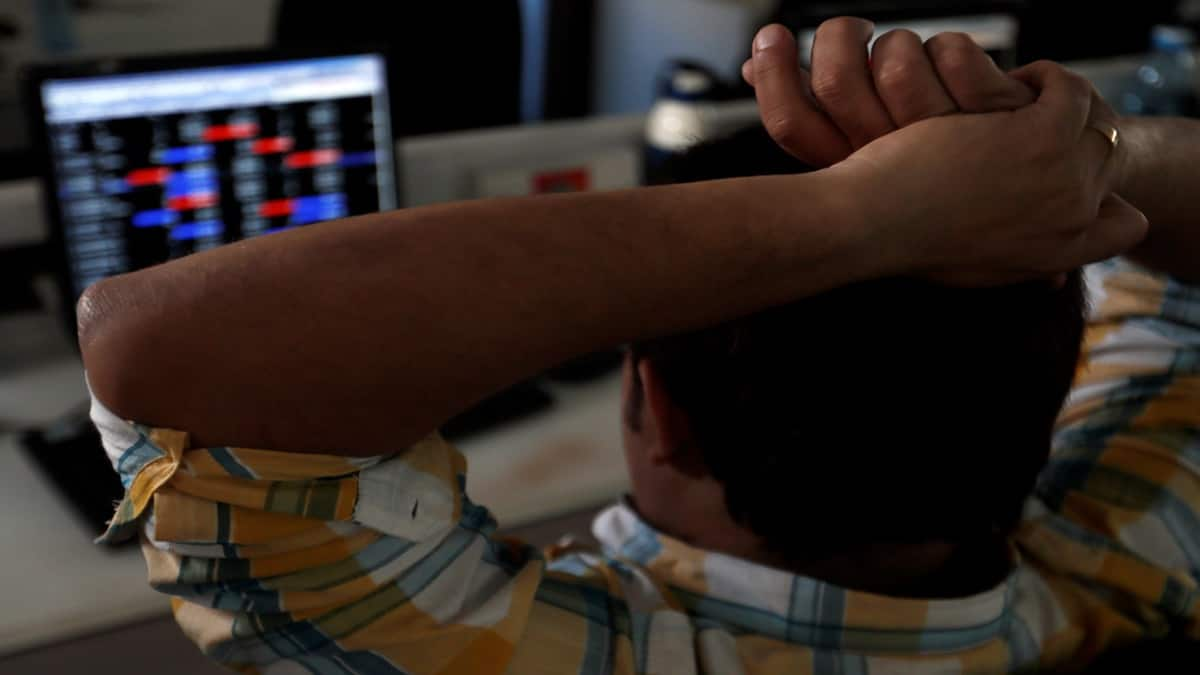
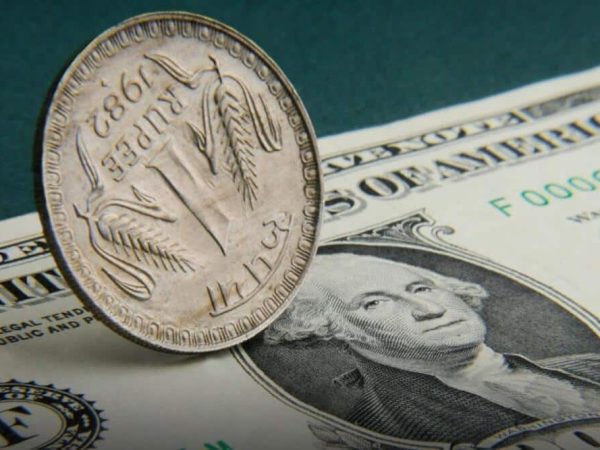
Recent Comments